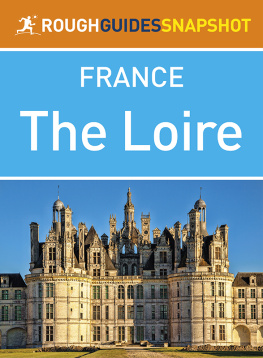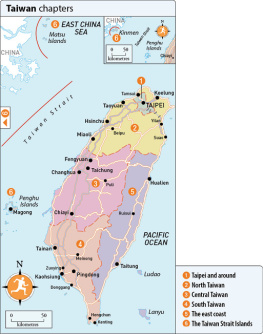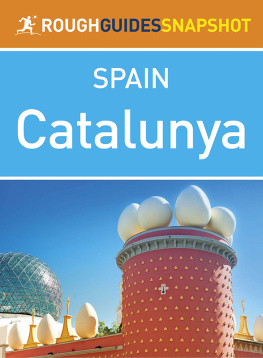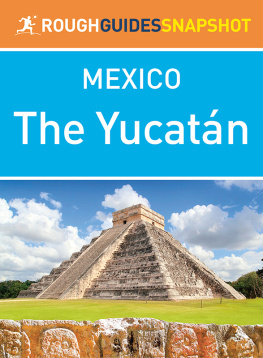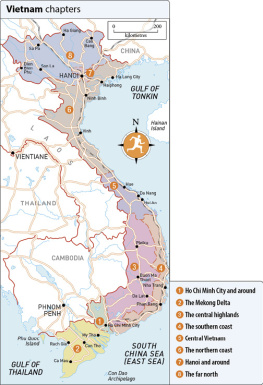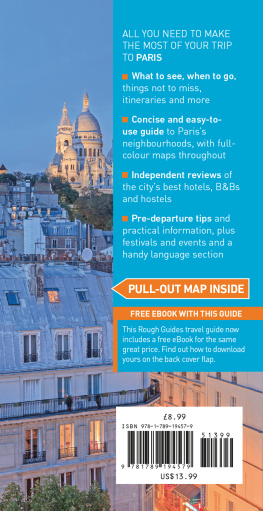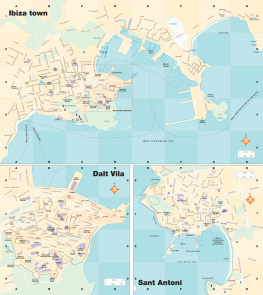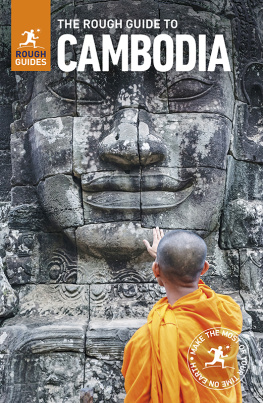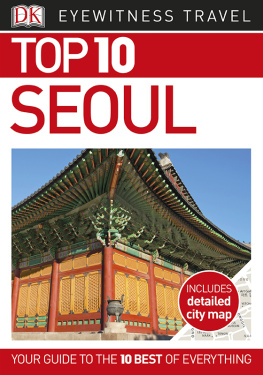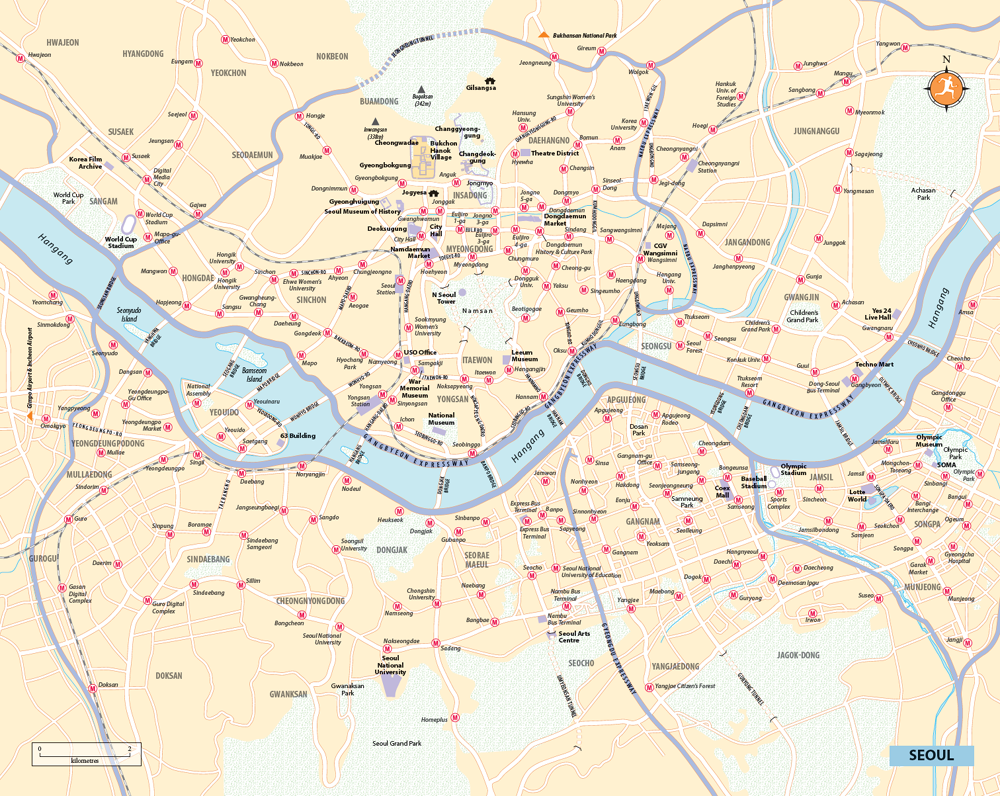
Jon Arnold/AWL Images
Contents
Getty Images
Introduction to
Seoul
Operating at a determinedly breakneck speed amid a cartoonish mayhem of lights and sounds, Seoul () is like some kind of gigantic, endlessly fascinating pinball machine. Visitors quickly find themselves acclimatizing to the balli-balli pace of this high-rise, neon-soaked, open-all-hours city, careening between barbecued meat joints, rice-beer bars and open-air markets as though there werent enough hours in the day, while racking up bonus points for coping with Koreas famously spicy food. Its also a joy to see the citys other side palaces, temples, royal tombs and ancestral shrines provide picturesque evidence of Seouls five centuries as a dynastic capital, and youll never be far from a mountain to race to the top of. This mix of ancient history and modern-day joie de vivre gives the city an almost unmatched vitality, and the temptation to throw yourself in at the deep end is impossible to resist Seoul is a city that really never sleeps.
While Seoul itself is home to around 10 million people, the city has more or less swallowed up the neighbouring cities of Suwon and Incheon, giving it a combined urban mass of more than 25 million inhabitants one of the largest on Earth. Ethnic Koreans dominate the population, with only 300,000 registered foreigners living here, two-thirds of them Chinese.
That Seoul exists at all constitutes a minor miracle, since the Korean War saw it laid to waste in the early 1950s. The city sits just 30km from the border with North Korea, one days march should the DMZ separating the countries ever be breached, and until the mid-1970s, Seoulites were poorer than their counterparts in the North Korean capital of Pyongyang. The citys transformation since then has been nothing short of incredible just a few generations down the line, its one of the most modern and prosperous cities in the world, a major financial centre whose skyline is continually being enriched with gleaming skyscrapers.
But for all its nonstop consumption, Seoul is also a place of considerable tradition and history. Six wonderful palaces in the centre of the city proclaim its status as a seat of regal power from as far back as 1392 the year that Seoul became capital of the Joseon dynasty, whose line of over two dozen kings ruled over all Korea until the countrys annexation in 1910. Elsewhere, the tiled roofs of wooden hanok houses gently rise towards the ash-coloured granite crags north of Seoul, and the ancient songs and dances of farm hands and court performers are clashed out in a whirligig of sound and colour along Insadonggil, a traditional and tourist-friendly road in the palace district.
Its impossible to talk about Seoul without mentioning Koreas wonderful cuisine. Received Western knowledge tends to start with dog meat and end with kimchi; today, however, few Koreans eat dog (though some curious foreigners manage to hunt it down), and kimchi is a mere if ubiquitous side dish. Indeed, those in the know can barbecue marinated beef at tables inset with charcoal briquettes, stuff themselves with the dozens of side dishes available at a royal banquet and take their pick from a bewildering array of super-fresh seafood. In addition, Korea boasts Asias best selection of indigenous alcoholic drinks, including the delicious milky rice-wine, makgeolli.
Seoulites themselves are a real highlight of any visit to the city: fiercely proud, and with a character almost as spicy as their food, theyre keen to welcome foreigners. Within hours of arriving, youll probably find yourself racing up a mountainside with new friends in tow, lunching over a tasty barbecued galbi, throwing back dongdongju until dawn, or singing the night away at a noraebang. Few travellers leave without tales of the kindness of Korean strangers, and almost all wonder why the country isnt a more popular stop on the international travel circuit. Tourist numbers are, however, rising the secret is well and truly out.
iStock
Gyeongbokgung
Shutterstock
Namdaemun Market
What to see
Seoul is colossal, its metropolitan area stretching far and wide in a confusion of concrete and cleaved in two by the Hangang, a wide river crossed by many bridges. But despite its size, a very definite city centre just small enough to be traversed by foot has been in place north of the Hangang since the late fourteenth century, bounded by the five grand palaces. Of these, Gyeongbokgung is the oldest and most famous; Changdeokgung is another great example, just to the east, and in between the two sit Bukchon Hanok Village, central Seouls only area of traditional wooden housing, and artistic Samcheongdong, a young, zesty area filled with trendy cafs, restaurants, clothing boutiques and art galleries.
Just to the south of all these is Insadong, Seouls tourist hub, full of traditional restaurants and tearooms, excellent souvenir shops and more art galleries than you can count and with a beautiful temple and a small palace of its own, you could easily spend the whole day here. To the south is busy Jongno, Seouls most important thoroughfare, and sketching a liquid parallel line south again is Cheonggyecheon, a gentrified stream lying beneath street level.
Seouls wooden heart
Though it may be hard to believe today, within living memory Seoul was a low-rise city. Its now-ubiquitous skyscrapers all went up over the past few decades, and as recently as the 1960s there was scarcely a multi-storey building in sight. On the fall of the Joseon kingdom in 1910, almost every Seoulite lived in the traditional form of housing squat wooden houses now known as hanokjip ( ) , or hanok for short: the longer version means Korean house to distinguish these buildings from modern Western forms of accommodation. Although almost all hanokjip have now disappeared, a few clutches remain, particularly in the charming, hilly neighbourhood of .
Hanokjip are built almost exclusively from local materials wood for the main framework, stone for the foundations and courtyard, and earth to fill the walls. Earth walls (hwangteo; ) have long been believed to have health benefits, as well as the practical advantage of insulation. Like Japanese houses,


